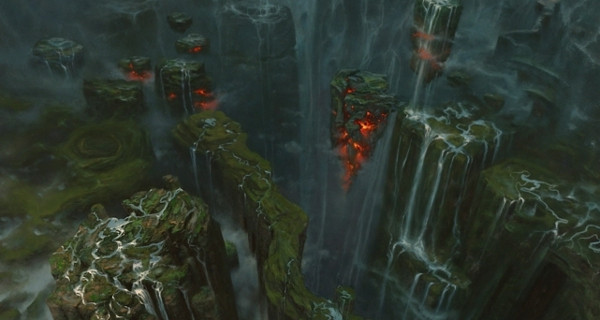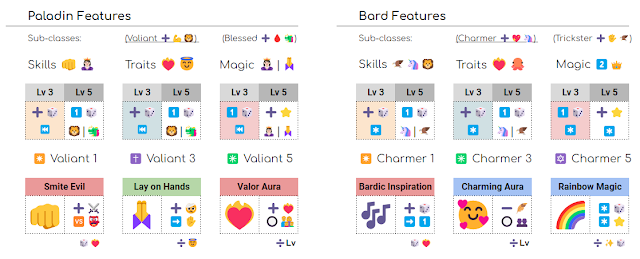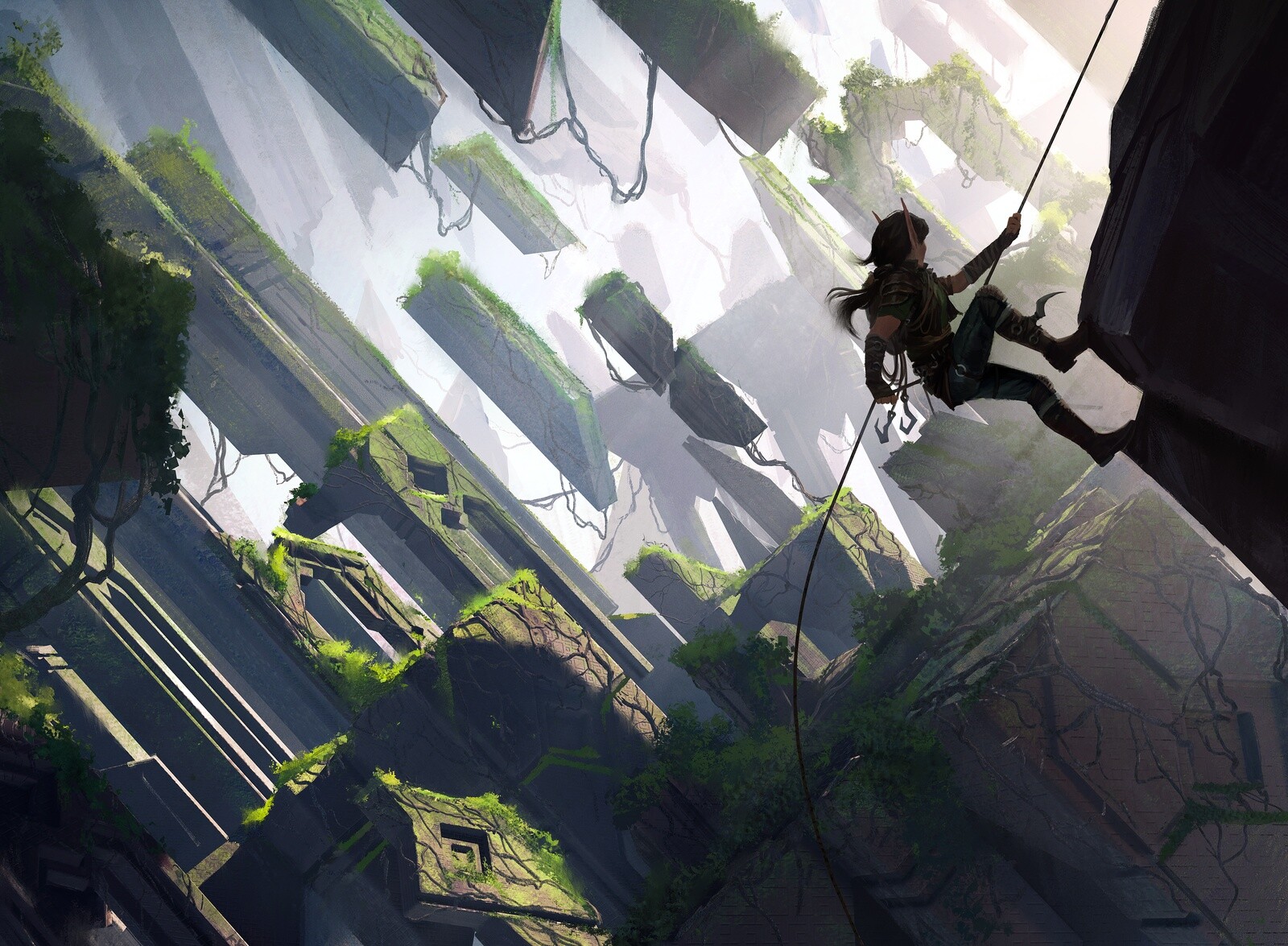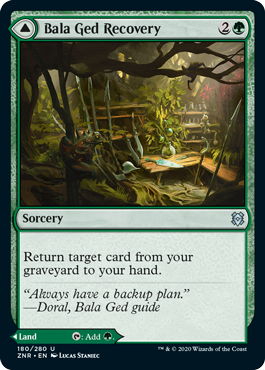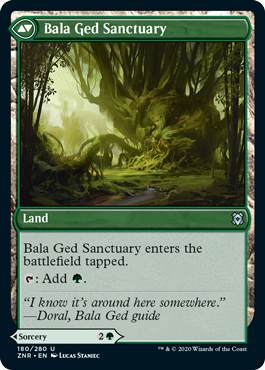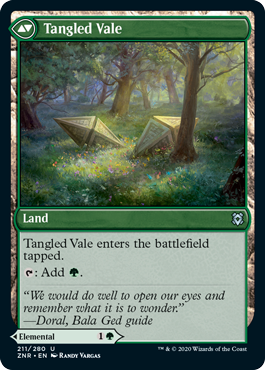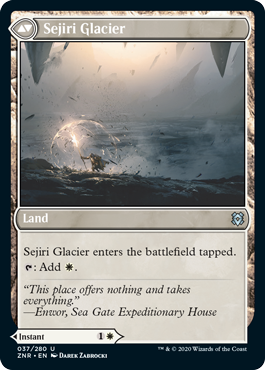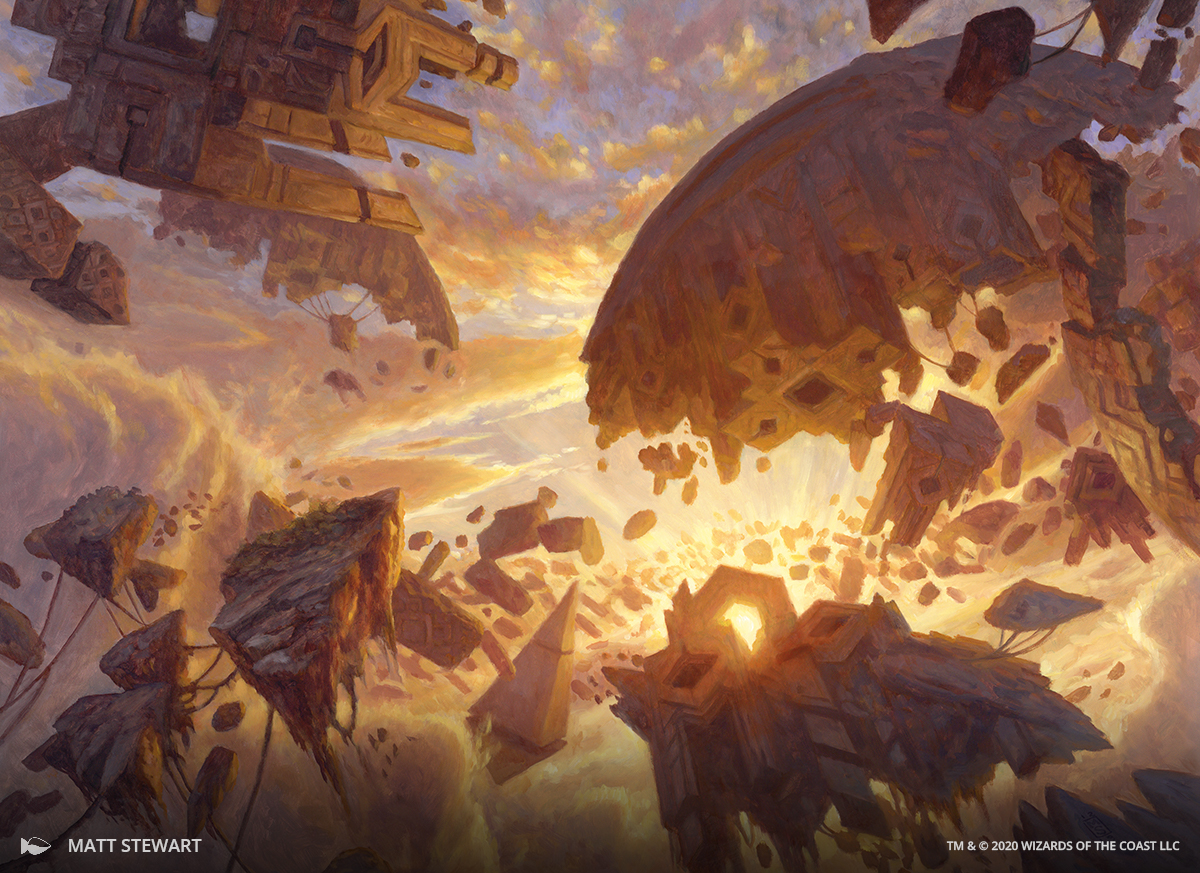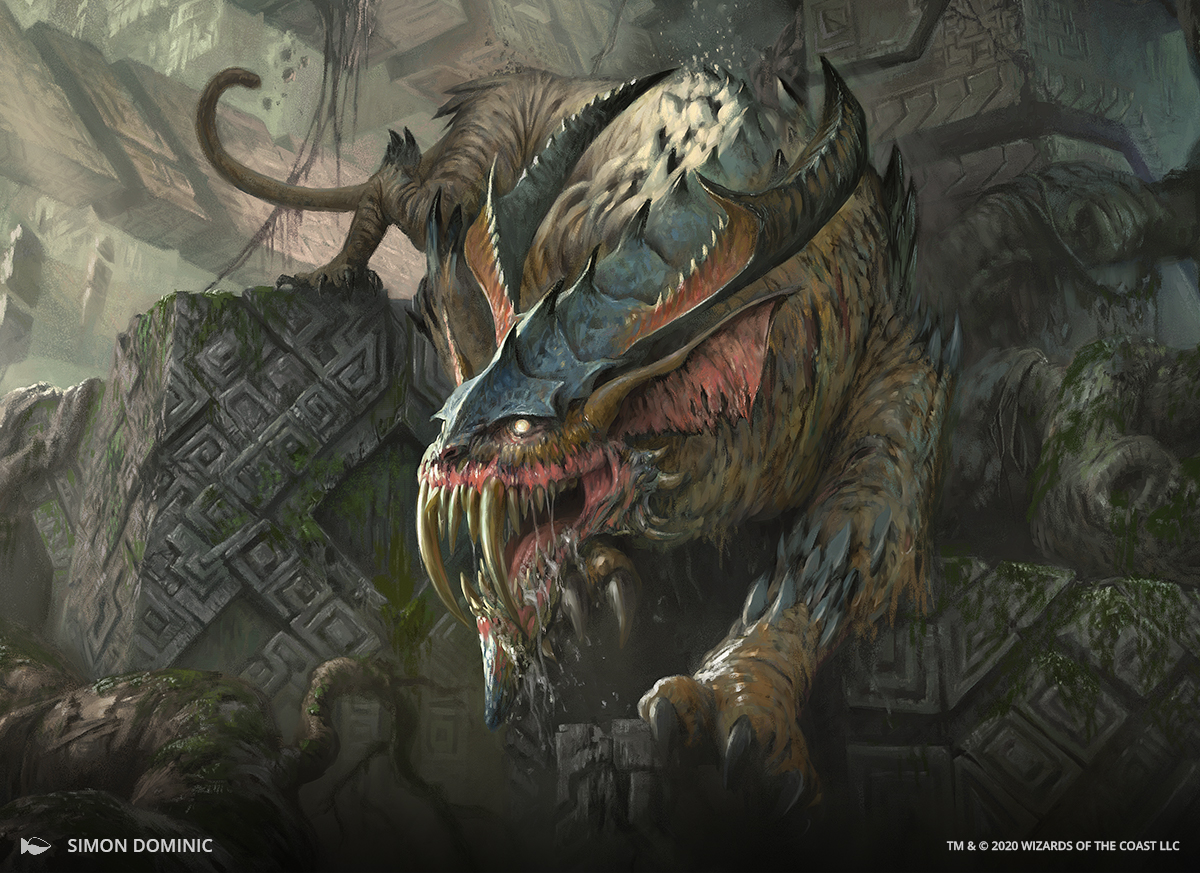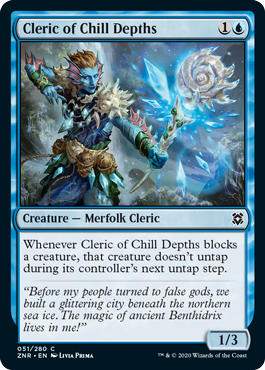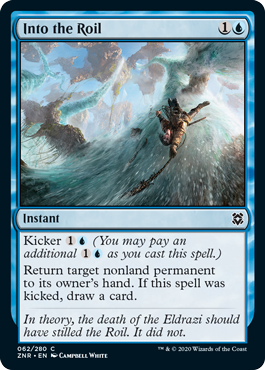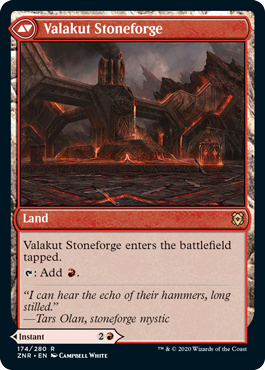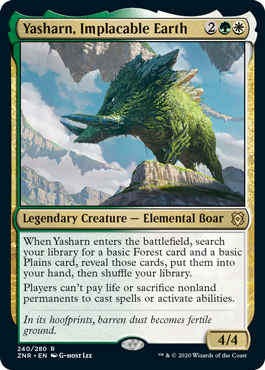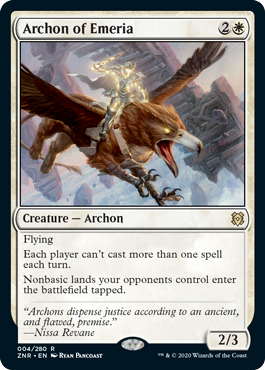The swampland was expanding, from the rotten forest. Crawling closer to the farms with every moon.
It was in particular when the moon was gibbous, that a thick, dense haze would lift from the waterlogged soil, and the twisted vegetation of the marshlands would sprout vigorously from the ground. As if invisible hands were at work, but doing the exact opposite of what farmers would do.
Elshbeth was playing as usual with Emmet and Fred, her cousins that acted as brothers since she was left with her aunt while the parents were away on some trip.
She wanted to enjoy this rare measure of freedom, since there was so little to do in the fields that even that bitch of an aunt could not find some stupid job for her or the two boys.
She enjoyed playing with the boys much more than with the girls. Tesya, Ilsegard, and Amhilde were older and passed the time gossiping about the village and knitting, while the three younger ones she could not even remember the names of, were just playing nonsensical games, way too close to the adults. Elshbeth saw absolutely no fun in either of the two groups’ activities. She was just happy that, unlike her “selfish” parents, as they were defined by the relatives, aunt Brigit had made her eight siblings for her to choose playmates from. Only two among eight were fun to be with, but still better than the ghost of her dead brother, kept alive by the sad stories of her already old (40 years old) mother.
With Emmet and Fred, she was indeed doing interesting things. And scary too: she was hunting monsters. Because there were monsters, even if the adults were making fun of their claims, if not making them take back their stories one slap at a time.
Just the other day they saw a thing that looked like a lump of moss and fungus, moving on stumpy little feet like a caterpillar. They ran away scared as hell at first, and when they came back with stones and sharp sticks, the damned thing was gone, probably inside one of the many holes that even brave Fred would not dare to explore.
But at least that monster seemed harmless enough. Another evening instead, at the brink of that noisy hour before sunset in which all the invisible frogs were starting to ribbit like devils, the trio found something (or someone) much worse. Already chased by the moron of the family, uncle Mortz, the prepubescent youngsters went armed to the teeth with sticks, stones, and even a rudimentary sling, to the limit of the swamp.
There they were killing worms the size of snakes, when from the high canes, they heard some rustling and they started paying attention to the shadowy pattern of sticks and leaves. After some silence, they saw something that nearly scared them lifeless. All of a sudden, emerging from the shadows, a face like the one of a giant frog, but with big evil eyes in the front of the head instead of the sides, looking straight at them, and a wide mouth with four sharp teeth visible both from the lower and higher “lips”, if those could be called so. The color of the monster was a sick green, while purple was the tongue that seemed to fall out of its mouth as a dead piece of meat, before it moved as if having life of its own, flailing out jerkingly before being sucked back inside the mouth.
It was just a moment, but for the kids it felt like a full minute of horror, in which they could not move at all. They then started screaming, throwing the stones while running away, without even aiming, and reaching uncle Mortz. It was them dragging him to the house this time, for a change.
At the house, the kids were still shaking and even the bullyish aunt Brigit and uncle Uskar looked concerned, at least before the three could regain the ability to speak properly.
Then they told the story, and that’s when Uskar in particular got red with anger, and took out his belt while Brigit, understanding his intentions, took all three of them with her big arms, and held them. It was ass-whipping time, while the uncle screamed at them, two words each lashing: “There are no monsters, you blasphemous little demons! Take your sacrilegious words back, you little shits!” - The kids didn’t even try to rebel much this time, accepting the pain as a much nicer alternative to what they saw before.
Up in the barn’s loft where they were sleeping, next to the caged pigeons, the kids talked about the monster, voices still trembling.
“I think it was a giant frog!” - Said Emmet. - “No, that was no frog!” - “It looked like one, Elshbeth!” - Fred sided with his brother - “And we better fight that thing before it eats one of the little girls with that mouth!” - “But didn’t you see it had teeth? Frogs have no teeth!” - Continued the girl, who was one year wiser, and far more tutored than the two boys. - “Whatever, if we can’t kill it, we better scare it away!” - “And how do you scare a monster!?” - “We will kill his family!!” - “His family?” - “Yes, we will find other big frogs, but smaller than him, and show him we kill his kin!” - “I’m telling you they are not his kin, Fred!” - “Whatever, I think Fred is right anyway! At least we will show we can fight. If we don’t do anything like our parents, who knows how close that monster will come next time!” - Emmet was the most scared of the bunch, being the youngest, and he shared the concern of the brother: protecting the little girls, like Uskar and Mortz taught them since they were even younger.
The plan was decided. The three went to sleep, but Elshbeth could not stop thinking. That thing could even eat her one of these days. Mom and dad, old like they were, might have died of heartbreak knowing they lost their only remaining child, and she would have lived her life without ever trying… What it feels like to be a woman. She watched Brigit and Uskar sometimes, when waking up because of those weird noises they made. Their room was next to the barn, so she could even peek into their window sometimes. And what she saw made her feel a strange heat inside, and made her want to try the same.
Exactly while these guilty thoughts were swimming inside her head, provoking the same kind of heat, Fred appeared next to her, nearly scaring her, and making her exhale that hot breath she was keeping in, producing a faint moan in doing so. The cousin looked at her with different eyes. And before they knew any better, the two were kissing and touching each other, far more than what they used to do as younger kids, years before. Far more, and far better. Or was that worse? Elshbeth didn’t even want to think about it. She silenced her mind, and focused only on the sensations. She didn’t even know what exactly she was doing, but somehow the moves were coming naturally to both.
Only after Fred abruptly stopped, she felt dirty and uncomfortable. She shoved him away from her and heard him slither back under his blankets, while she was left with her guilt and sense of dirtiness. It felt good at first, but not at all at the end. After some time, she cried: something extremely rare of her. And then finally she fell asleep.
She dreamt that night. Maybe elaborating on that hot sensation of before, she dreamt of catching fire like a torch, and screaming. Fire would shoot out of her mouth, and light up shadowy figures in front of her, producing a macabre dance of burning silhouettes.
When she woke up the next day, she wanted to avoid Fred at all costs, but also couldn’t let the two brothers go alone in the marsh to try and execute their plan by themselves. So she avoided Fred’s gazes as much as she could, and after their usual breakfast of stolen food from the kitchen, they set out running towards the northern reaches of the swamp.
There they stayed the whole day hunting for frogs. Every time they would find one, they would impale it on a stick, on a place that was as visible as possible from afar, and cut the belly to let the guts out. “This way they will see we are not scared!” - Fred proclaimed. Elshbeth was not particularly impressed by that, but she was helping them anyway, although far less active than usual, still thinking about what she did with her cousin, the fiery dream, and the face of the monster.
After a while, they found a really enormous toad. It was jumping away from them in high and long leaps, and Emmet was afraid of it, but Elshbeth hit it with the sling she had built and a very sharp stone, exactly after it landed from a jump, opening a gashing wound next to its big head, and disorienting it: the amphibian started to roll, more than jumping, and soon Fred could catch it with its spear-stick, and kill it, after numerous hits.
This time even tough Elshbeth was grossed out about the killing, and she didn’t want to look when the boys impaled the lifeless body on a cane, and cracked open its belly with their wooden knives, making the intestines gush out.
The brothers instead were ecstatic: drenched in the blood and ichors of the animals, they shouted angrily at the monster (which meant in every direction, to them), that they were not afraid, and they would have killed all his family if he would have come closer to the farm.
Elshbeth just went after them keeping a distance, trying not to feel sick, and trying to hide all her worries and emotions that the killings could not extinguish.
A week passed, in which no monster showed up. Just a few more big worms and leeches, sometimes one of those “walking shits” as the brothers called that strange creature they saw before the monster, but in general nothing to worry about except the violence at home.
Uskar was growing more angry every day, saying that the farm was going to hell, and that the family should have worked hard on the fields, even if they were rotten and nothing was growing. “TOMORROW YOU WILL START WORKING, OR I WILL FREAKING BEAT ALL OF YOU LIKE NEVER BEFORE!” - He shouted, before throwing away his empty soup bowl and leaving the table. Silence didn’t last long. Uncle Mortz, stupid as he was, started laughing. At first it looked like he was laughing without any reason as usual. Then Elshbeth noticed he was staring at the same spot while laughing, for too long. She tried to follow his empty gaze through the dirty glass of the window, and then she felt petrified.
Fred, who never stopped looking at Elshbeth those days, to try and understand what the girl was thinking about him, noticed the horror on her face, and looked out as well. He shouted: “THE MONSTER!!” - “WHAT ARE YOU TALKING ABOUT, YOU STUPID WASTE OF A SON!” - Replied his mother, after delivering a noisy slap on the back of his head. Then the three young women of the house, Tesya, Ilsegard, and Amhilde started laughing as well like morons, like uncle Mortz, and aunt Brigit asked them what was wrong. Emmet could only shake on his chair and stutter a call for his father, while pissing his pants. Soon after, the little girls as well started to giggle like crazy: it was unclear if at the older brother who soiled his clothes, or the thing outside of the window, but what Elshbeth knew was that they were doomed, when scary uncle Uskar came back to the table and started laughing as well.
In that cacophony of stupid laughter, something came down the chimney and soaked the fire dead in a second. The big room went dark, and the only light illuminating the moronic faces of Elshbeth’s temporary family was that of the gibbous moon outside, behind milky clouds.
She never looked at those faces though: she was still looking at the bulbous yellow eyes outside of the window. They were grinning, just like the monstrous mouth below them.
After some time though, in that surreal moment of laughter and dread, the monster’s face disappeared, and Elshbeth instantly knew: it was inside the house. THEY were inside the house.
It was Mortz again spotting the first one in the nearly pitch darkness of that awful dining room. He pointed up, and Elshbeth and the brothers already knew what he was pointing at. Emmet didn’t even want to look, preferring to run under the table, while Fred had the strength of grabbing a knife, reaching for Elshbeth, and then look up with her: together they had the strength that they were lacking singularly.
It was anyway difficult to understand what they were looking at, at first. It looked like a black spot on the ceiling, next to the chandelier, which only now they realized was put off by something, similarly to the fireplace. Then the amorphous black spot moved slightly, and another two grinning, enormous eyes popped out from an indefinite, inhuman head.
A stinking cloud of haze came out of the thing, right after Fred hit it with the knife he threw at it. The thick fog moved all over the ceiling and then down the walls, as if crawling. The rest of the family was still laughing, and it quickly inhaled the fumes. Elshbeth took a napkin from the table and covered her mouth, while running away towards the stairs. Fred wanted to follow her, but he was busy throwing more knives at the thing, and trying to get Emmet from under the table. Elshbeth suddenly felt sorry. She didn’t even know about what, but she was sorry. What did she do to this family? That strange question managed to break the sense of horror and entrapment, even if for just a moment.
Then something even more incredible happened. The laughing family members started to swell. Their bellies in particular, inflated like bubbles. While still laughing, they started to soil themselves, with loud cracking noises. Their laughter, from moronic, became completely psychotic, and they started to grab their excrements with their hands from inside their skirts and pants, and throwing it at each other, making the whole place reek like the pigs’ den in a matter of seconds.
Elshbeth felt like her mind was about to snap when even Emmet started shitting himself, even if he was not laughing and he was just looking confused. Fred was trying to drag Elshbeth outside, when the door opened all of a sudden and a big dark figure occupied nearly the whole space of the open door. Tendrils came out of it and grabbed the sides of the wall, trying to push the rest of its mass inside the house. Fred screamed at it, and the thing squirted a substance at him, making him instantly go silent and stand still like a statue.
The last remaining family member with a mind of her own, and absolutely no idea of what to do, Elshbeth tried to go up the stairs while not losing sight of the monsters that had invaded the house. From the floor above, though, undescribable squishy noises and strange flailing shadows were proof that there was just no way out of that freaky mess.
Holding the wooden railing of the stairs, the girl screamed at the top of her lungs, the only thing she felt she could do.
She blacked out for a split second, in which she couldn’t even hear her own screaming.
Then, flames erupted from her. The whole railing caught fire from her hand, which seemed to not feel the heat at all, and from her mouth, a tongue of flames came out and hit the monster at the entrance, where Fred stood before and now he wasn’t. Did she kill him? This question was the last conscious thought in her mind, before she just completely lost it.
She woke up outside, in the field, hearing a loud crash in the distance. She opened her eyes to see the farm’s celing collapse, engulfed in flames.
A group of neighboring farmers approached the place running, and only after a while noticed her, and came closer. “What happened here? We heard demonic screams! What sparked the fire!? Where are your uncles and cousins!?” - Elshbeth could not reply to anyone, to any question. She looked catatonic, although tears were jerking off her eyes without her noticing.
Right before some of the men could grab the girl, angry due to her silence, a big man showed up, head covered in what looked like bandages, which also covered his enormous arms. The villagers spread out to let the towering man pass, and he crouched down next to Elshbeth, opening his hands as if welcoming her in his embrace. She sprung up and slammed into him, crying. “Don’t be scared, little one: there’s always hope. You will see…”
He smelled of something she couldn’t quite identify, something woody and spicy. Nice. She couldn’t think of anything, but she did feel sad when he gently pushed her away.
Soldiers were approaching on horse. Inquisitors.
The man caressed Elshbeth with a heavy, big hand, that felt hard but at the same time caring, and then went away quickly, although with the gait of someone who was either injured or cripplied, surrounded by the hostile grumbling of the farmers that he had scared away before.
Before she lost sight of him, Elshbeth shouted in his direction: “MY NAME IS ELSHBETH, IT WAS NICE TO MEET YOU!!” - The man smiled behind the bandages, like he hadn’t done for years. But kept going. He would have not been able to help her if the inquisitors would have gotten a hold of him.
Thus, the knights came, dispersed the crowd, and after bringing Elshbeth to the contsable, where they told her what had happened at the farm (according to them), they brought her to another farm, where another family lived. She stayed there terrorized for another week, before her parents came back, apparently rushing their trip. Her life had changed forever.
And the farms of Fritburg with it.









